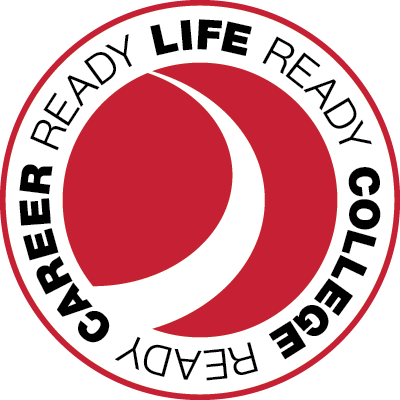Prospect student’s app helps students needing accommodations during tests
/Kacper Mocarski developed an app for students with IEPs, or Individualized Educational Plans, to help them request special accommodations for assessments.
Kacper Mocarski was in his computer science class at Prospect High School over a year ago when he learned something disheartening: Many of his peers weren’t taking advantage of the accommodations they could use for test taking.
At the time, Prospect educators were pitching new app ideas to some of the school’s computer science students. One educator said students with IEPs, or Individualized Educational Plans, were sometimes too shy or embarrassed to request the accommodations they could use for quizzes, tests and finals. The process was also burdensome to these students and involved a lengthy paper trail.
Kacper was not too familiar with IEPs but decided at that moment that he wanted to help. And so, he began building an app that students could use to discreetly request testing modifications.
This semester, that app will be available to each Prospect student with an IEP through their school-issued iPad. Kacper, a junior, is also customizing the app for other District 214 schools with the hopes that it will benefit more students.
“I liked the idea of helping kids out,” says Kacper on his decision to build the app. “If you have accommodations, you shouldn’t be afraid to use them and I wanted to make something easy for students so they had more access.”
REMOVING THE PAPER TRAIL
By law, students with unique needs who have an IEP can use testing accommodations, such as a different classroom, extended time or having the exam read aloud. Accommodations vary by student, who can choose to use or not use them from test to test.
“I liked the idea of helping kids out. If you have accommodations, you shouldn’t be afraid to use them and I wanted to make something easy for students so they had more access.”
Historically, students wanting to use their accommodations needed to pick up a document from the school’s special education department, get signatures from their teachers and then return the paperwork for documentation.
Prospect educators discovered many students with IEPs weren’t using their accommodations.
When they asked why, students said they didn’t quite know how to verbalize their requests, were sometimes too embarrassed to ask for the modifications or didn’t want their classmates to see them asking, said Shirley Kiratsous, who is part of the school’s student services support through Amita Health.
To help, the school created a Google form for students with IEPs but that didn’t seem to solve the issue.
The overall goal was to promote self-advocacy without the process being so cumbersome. Knowing that apps are popular among students, Kiratsous presented her idea for an IEP app to students in Prospect’s mobile app development course. The mobile app class is designed like the TV show Shark Tank, giving educators the opportunity to pitch their app ideas to students, who can choose which projects to tackle.
BUILDING AN APP TO HELP HIS PEERS
Kacper soon began building the app with XCode. Every few weeks, he updated Kiratsous on his progress and took feedback to improve the app’s functionality and design.
There were several challenges he faced when creating the app, including confidentiality. Kacper built the app so the school’s Special Education staff can manage the information, meaning he at no point has seen – or will see – the names of students who are using the app and benefitting from his work.
With a few quick clicks, students can choose which class they need the accommodation for, which accommodation is needed and which teacher should receive the request. When students are finished, an email is automatically sent to both the teacher and Special Education team.
Ensuring the app was user-friendly and simple was important to Kacper.
“That was my number one priority. I didn’t want to complicate things,” he says. “I felt that if I made it simple then kids would like it and use it more.”
Beta-testing for the app began last school year and continued into the fall. Some students with IEPs used the app for this school year’s first semester exams in December and gave positive feedback.
Not only does the new app streamline the process, educators say it helps students improve their self-advocacy skills and teaches them more about accountability and responsibility. Students will also use the app when they want to decline an accommodation.
“This is encouraging students to take ownership of their education and not rely on others to do it for them,” Kiratsous said.
Another goal, educators added, is for students to begin requesting the accommodations in advance, just as they would have to do in college.
A CAREER IN COMPUTER SCIENCE
For Kacper, 17, the entire experience – from research to execution – confirmed that he is interested in pursuing a career in computer science.
Kacper started at Prospect with no experience in coding and took his first computer science class as a freshman. He recalls walking into the classroom and right away knowing that it was a place he wanted to be.
He credits that feeling to the environment his teacher, Paul Hennig, has created.
“Here, it’s OK to not understand something right away,” he says. “You can come back the next day and keep working at it.”
Kacper said if he had not taken the computer science courses, and did not have Hennig as a teacher, he would not realize the kinds of opportunities that existed in the field.
“He’s a cool teacher. He’s understanding,” Kacper says. “I feel he’s the one who has pushed me further and encouraged me to pursue this industry.”


